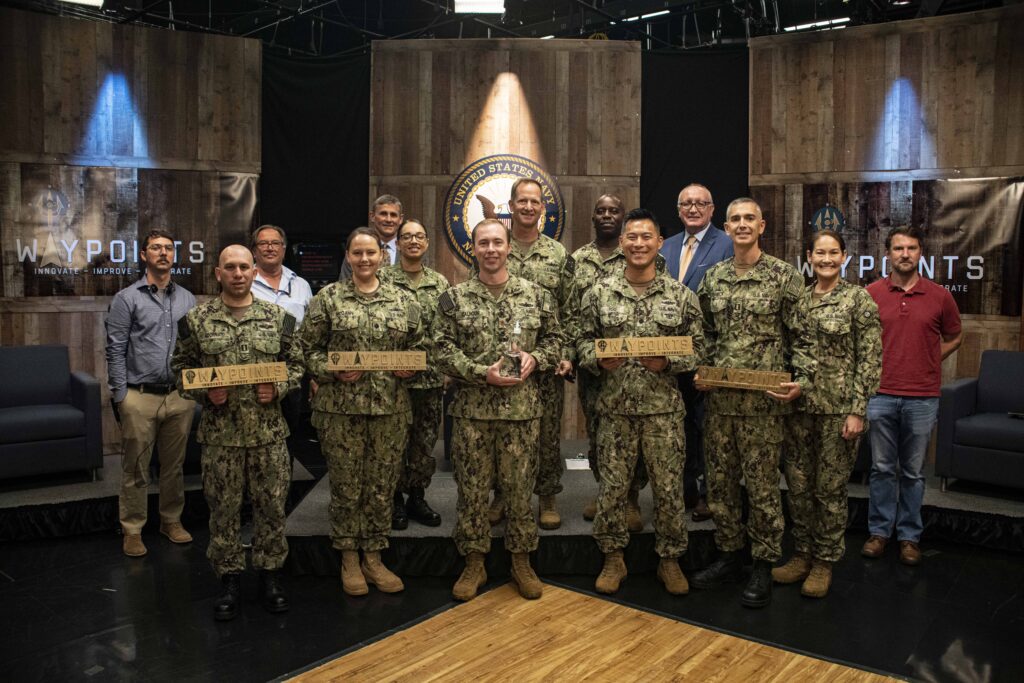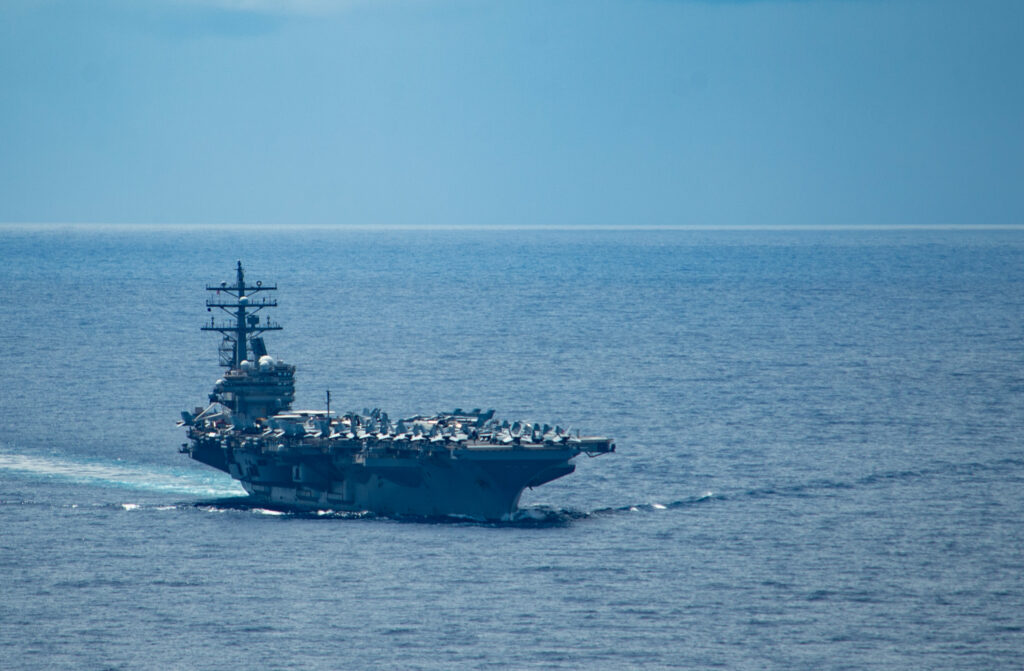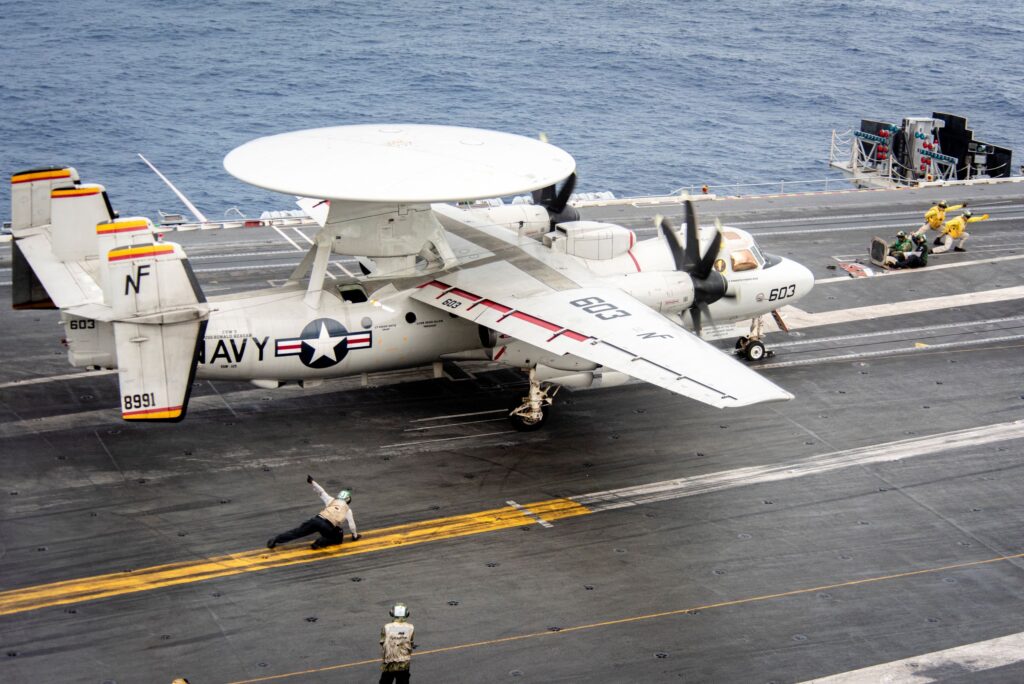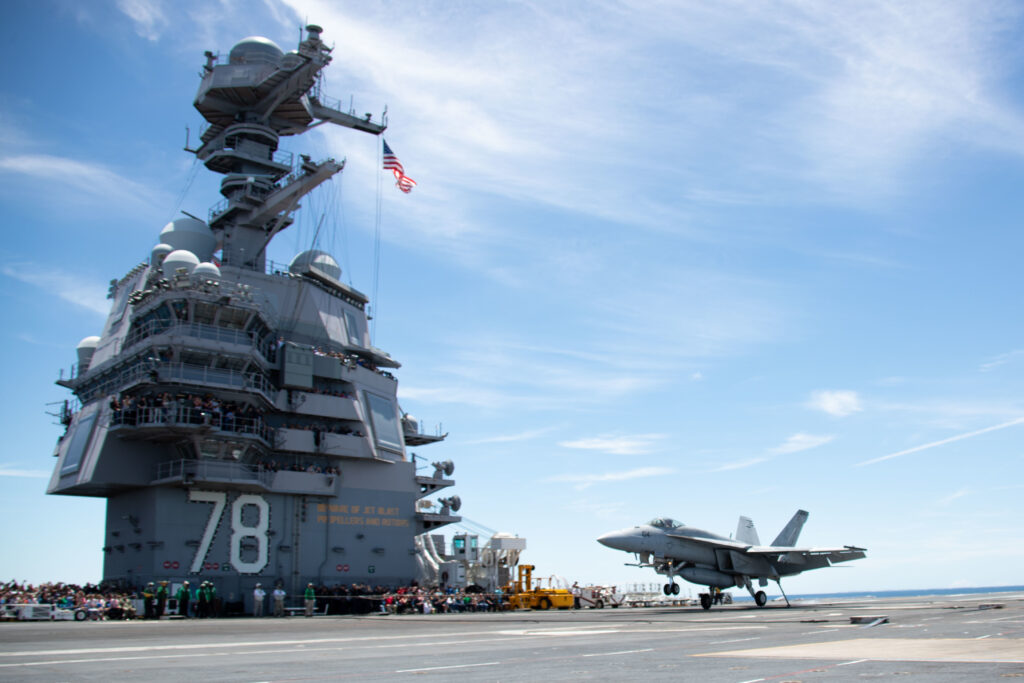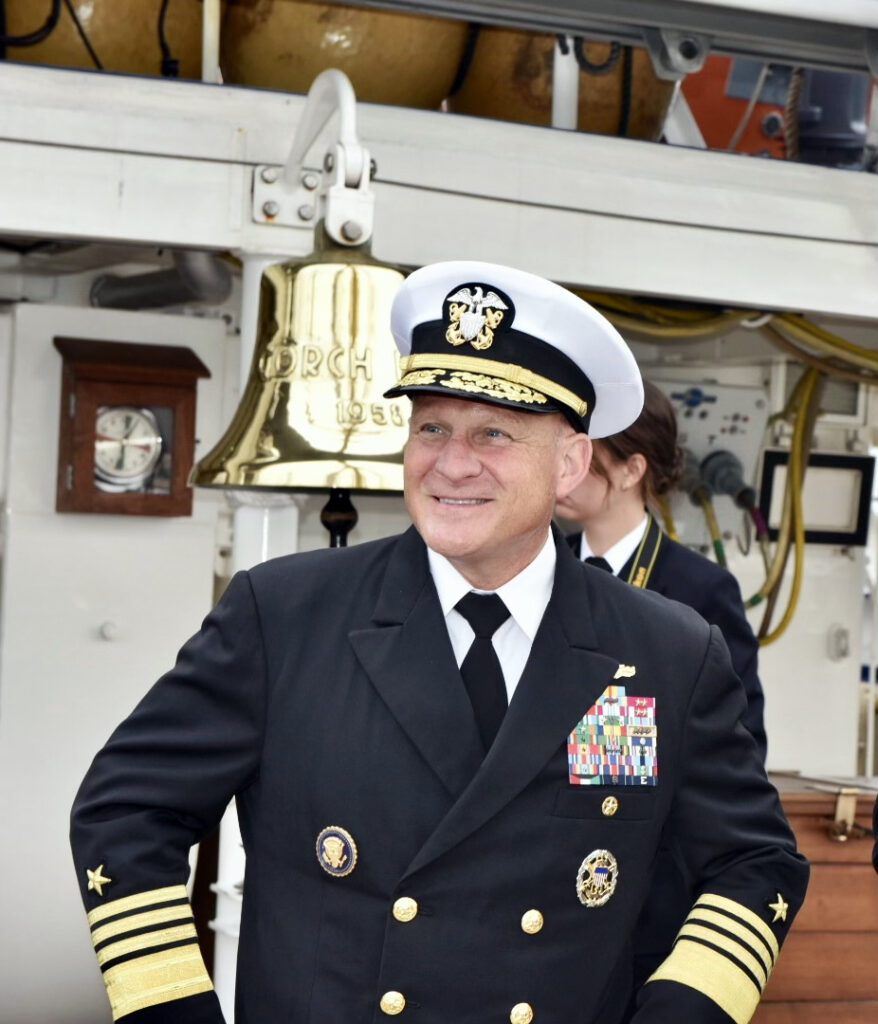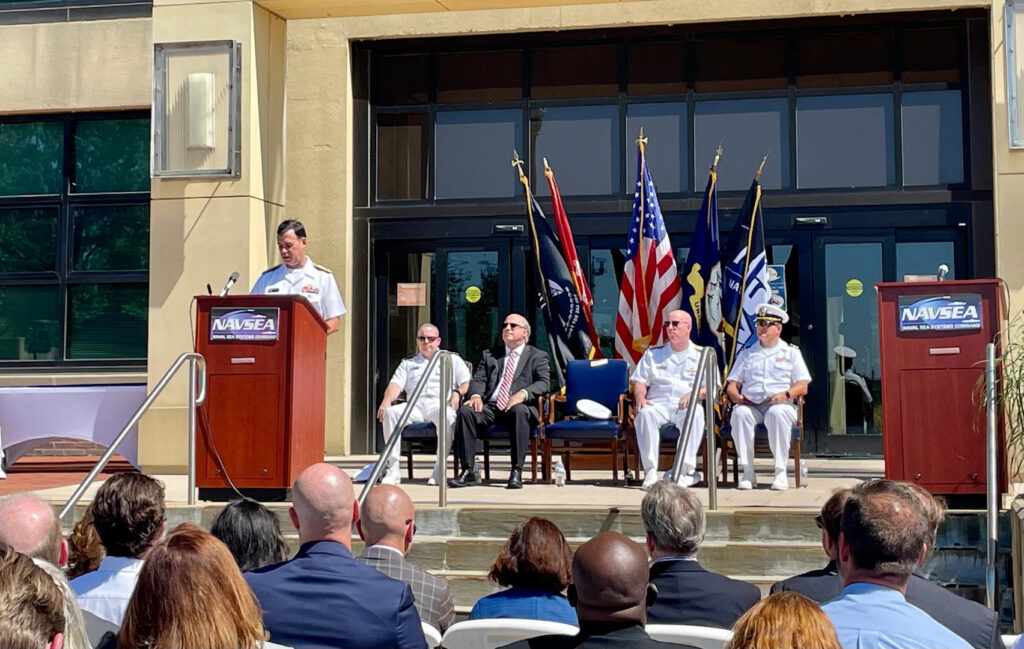Sev1Tech Proposes Solutions for Moving Navy Shipyards into the Digital Age
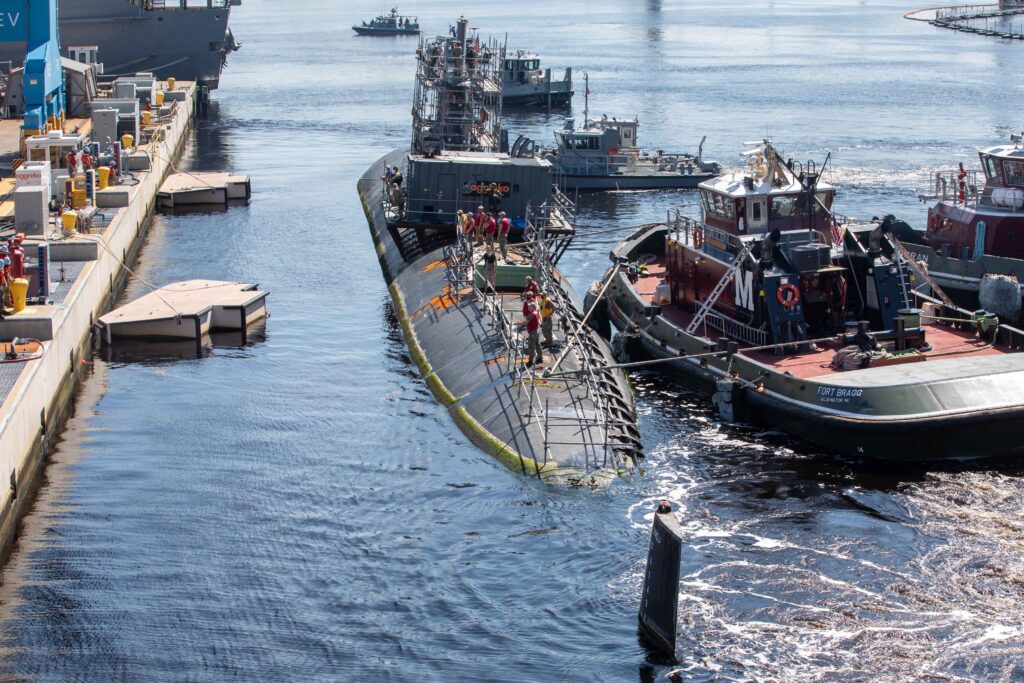
ARLINGTON, Va. — As the U.S. Navy makes a huge investment in upgrading and modernizing its four public shipyards, one company is proposing ideas to move shipyard processes from the Industrial Age to the Digital Age using digital information technology.
The Navy is investing more than $20 billion over 20 years to modernize its shipyards under the Shipyard Infrastructure Optimization Plan, or SIOP. Much of the effort involves modernizing century-old dry docks and other heavy infrastructure.
Patrick Fitzgerald, senior vice president for Navy Missions of Sev1Tech, is a former Naval Information Warfare Center Atlantic Enterprise Systems Department Head and a manager with a long background in information technology. He told Seapower his company is well positioned to contribute to the SIOP the digital transformation of the Industrial-Age processes of Navy shipyards and to “generate a really significant return on investment” and enable the shipyards to “get the ships out to the fleet when needed and fully ready to perform their mission.”
Fitzgerald said the SIOP is a “once-in-a-century thing that our country needs to safeguard itself. “Unfortunately, a lot of the federal government has not moved to the information age; it’s still very Industrial Age processing.”
Among the ideas Sev1Tech is floating is the use of augmented reality or virtual reality in training the shipyard workers. Fitzgerald said that technology makes for “much more effective training programs that improve knowledge retention.”
The workers “make fewer errors when they actually perform the maintenance. They can verify that a part is being installed in the correct space, [which] will help eliminate re-work for a variety of tasks.”
He also said applying data analytics would result in better parts-demand forecasting and help minimize issues with the global supply chain. Data analytics also would improve auditability, lower the warehousing complexity and costs and reduce or eliminate the time a ship waits for a part to arrive.
Digital twin modeling of the actual layout of the shipyard facilities as they evolve over time can improve shipyard processes.
“One we get that initial model set, you can start doing simulations on that for the evolving needs and the evolving capabilities,” Fitzgerald said. “It really optimized the layout for the workflow.”
Use of drones is one way to save time and improve productivity, he said.
“The walking that the folks at the four public shipyards do every day is absolutely insane,” Fitzgerald said. “At the end of the day you have to leave the security to get a part and then come back. That’s a lot of lost labor time not directly serving the mission and helping us get that ship out on time. Having the networks in place where a person working on a ship realizes they needed a part that they didn’t expect they needed — if it’s a lightweight part — a drone could potentially fly out a five-pound package to the edge of the ship so they don’t have to walk all the way across the base to get it from a warehouse.”
Fitzgerald pointed out that the Navy owns the airspace over its shipyards and therefore could set the policy of drome operations within the yard.
“We could save hours of an employee’s time every day walking back and forth to get parts or checklists,” he said. “That’s massive for what it could mean to getting a ship out of the shipyard on time and back to the fleet where it needs to be.”
He also advocates leveraging 5G and other wireless communications and use of tablets and other support devices.
With a tablet that can go classified when [a worker goes] into a classified space — and given access to the data and drawings they need dynamically, and as soon as they walk out of that space, no longer have access to that information. That would reduce the complexity of managing them, reduce the risk of that information getting compromised, and give them what the need at the right time when they need it,” he said.
“The investment in IT relative to the investment in the capital infrastructure is pretty small to get a really big yield,” Fitzgerald said.
